Key Takeaways
- Humidity and moisture in the monsoon season can lead to fungal infections.
- In diabetes, wounds take longer to heal, necessitating preventive foot care.
- Symptoms of a diabetic foot fungal infection include changes in toenails, cracked skin and foot odor.
- Use monsoon-friendly footwear, keep toenails clean, wash feet thoroughly, avoid wearing clothes on damp skin, and avoid self-medication.
In the monsoon season, you must take special care of your health. With the rising humidity and infections, it is the season for fungal infections or bacteria. If you are a diabetic patient, foot care is important to your health.
इनके बारे में जानें:
- How does the monsoon cause fungal infections?
- Why do diabetics require preventive foot care?
- Symptoms of diabetic foot fungal infection
- Tips to avoid fungal foot infections in the monsoon
How does the monsoon cause fungal infections?
The humidity and moisture in the air during the monsoon season can lead to sweating and stickiness. This encourages the fungus and mould growth, especially if your feet are often drenched in water.
This fungal infection can lead to bacterial infection, affecting your deeper tissues and damaging your ligaments.
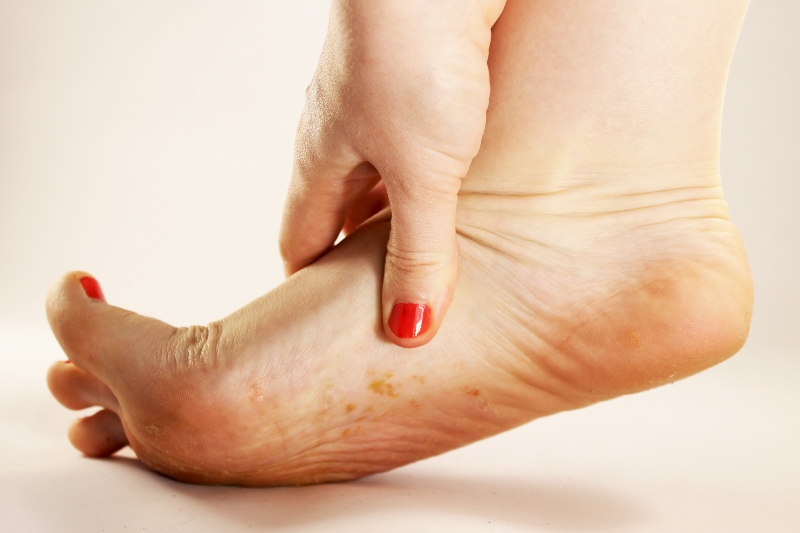
Why do diabetics require preventive foot care?
As a diabetic, foot care can be important to your health. Wounds take a longer time to heal if you are diabetic because:
- High blood sugar levels can damage blood vessels, making it harder for blood to reach the wound site. This can slow down the process of rebuilding tissue.
- Diabetes can weaken the immune system, making it harder to fight off infections.
- It can also cause nerve damage, leading to a loss of sensation in the affected area.
- Diabetic wounds can experience excessive inflammation, which can delay healing and increase the risk of chronic wounds.
- High glucose levels can thicken the blood, making it harder for the heart to pump it around the body.
These monsoon fungal infections can cause serious health concerns like ulcers or an athlete’s foot.
Symptoms of diabetic foot fungal infection
Contact your healthcare provider if you have any of these conditions of a diabetic foot fungal infection:
Changes in toenails
Look for nails that are brittle, thick, yellowish to yellowish-brown, or opaque. They may also crumble or separate from the foot. Also, check for ingrown toenails.
Dry and cracked skin
Check for changes in skin color and temperature. You might have dry cracks in the skin, especially around the heel.
Tingling pain
Look for pain in the affected area unless you have significant neuropathy. You may experience tingling pain in the legs or swelling in the foot or ankle.
Foot odor
You may also experience foot odor that is unusual or won’t go away.
5 Tips to avoid fungal foot infections
When it comes to foot care during monsoon season, personal hygiene and sanitation are highly important. Here are some practises you should follow for diabetic foot fungal infection prevention during the monsoon:
Tip 1: Use monsoon friendly footwear
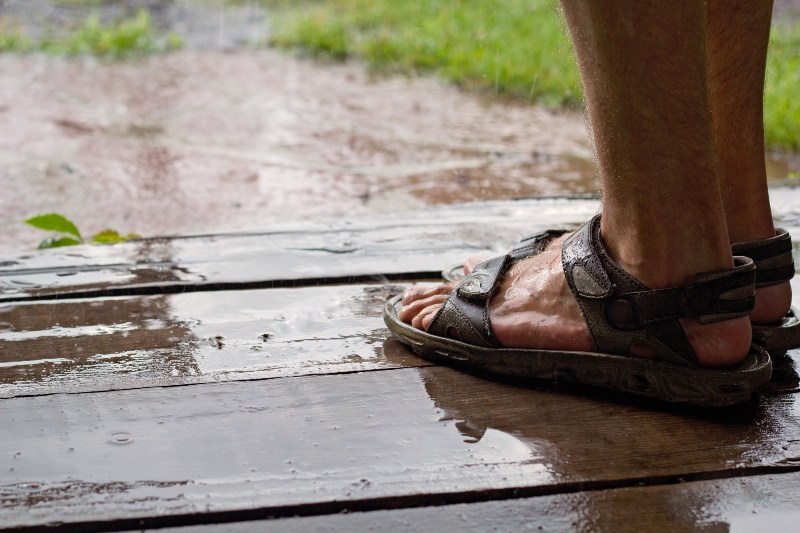
Rubber and plastic footwear like flip-flops and sandals can be suitable for the monsoon. They avoid soaking up water and keep your feet dry for longer. Ensure you are not wearing tight footwear that can clamp your feet.
Tip 2: Keep your toenails clean
Examining your feet regularly and cutting your toenails to keep them clean is important. It might be better to trim your nails because cutting them too close to your skin could lead to cuts that increase fungal growth.
Tip 3: Wash your feet thoroughly
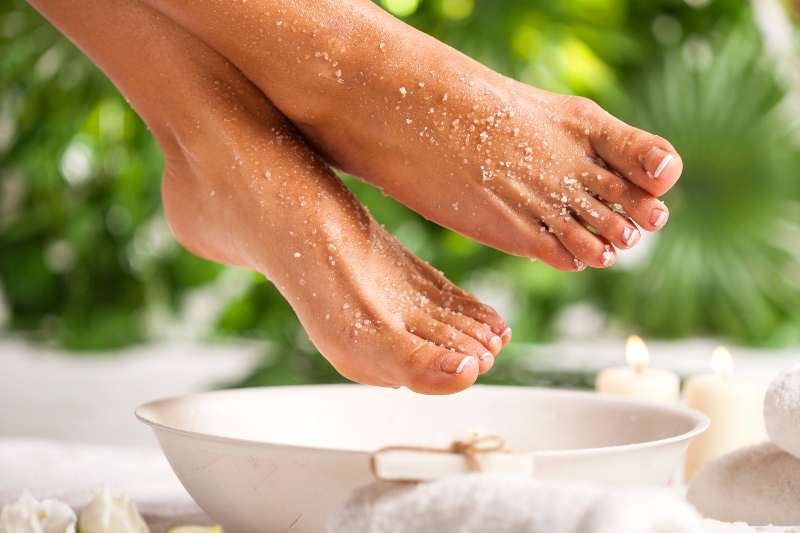
When you return home, you should remove your footwear and wash your feet completely. You can use warm water, soap, or even antiseptic if you walk in the rain. You should also scrub your foot to remove dirt.
Tip 4: Avoid wearing clothes on damp skin
Keep your skin dry before you put on your socks or footwear. You should also ensure that your socks and shoes are completely dry before you put them on. The same applies to your clothing in the monsoon.
Tip 5: Avoid self-medication
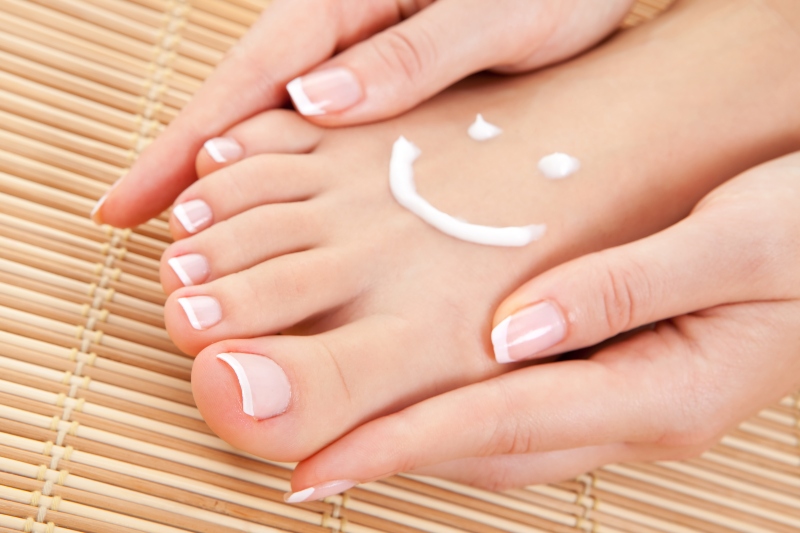
If you have already contracted a fungal infection, you should avoid self-medicating. You should consult a dermatologist to learn about fungal infection treatment, which includes understanding the fungal strain and what medication will work on it.
Apart from foot fungal infections, also be aware of ब्लैक fungus growth or mucormycosis, a prominent health risk today, and how to prevent it.
Stay tuned to the Activ Living Community. Keep up to date with the latest health tips and trends through expert videos, podcasts, articles, and much more on पोषण, फिटनेस, सचेतन, और लाइफस्टाइल से जुड़ी बीमारियां like Asthma, Blood Pressure, Cholesterol, and Diabetes. Activ Living ke saath sahi sehat ki shuruat ABHI karo.
You may also be interested in the following blogs:
- Diabetic Foot Care Can Be A Task – Know The Right Food And Exercises To Prevent Or Treat It
- Stress And Diabetes: How To Keep Calm And Control Blood Sugar
Popular Searches
How to lower blood pressure | Fruits good for liver | Unhealthy foods | रागी के लाभ | बेसल मेटाबोलिक रेट | हाई ब्लड प्रेशर के लिए एक्यूप्रेशर पॉइंट्स | Ayurvedic medicine for blood pressure | How to control cholesterol at home | Homeopathy for Asthma | Biological Age | Home remedies for TB | Natural beta blockers | Negative effects of internet | Types of walking | ब्लड प्रेशर कैलकुलेटर | ब्लड शुगर कैलकुलेटर | BMI कैलकुलेटर





 1800-270-7000
1800-270-7000




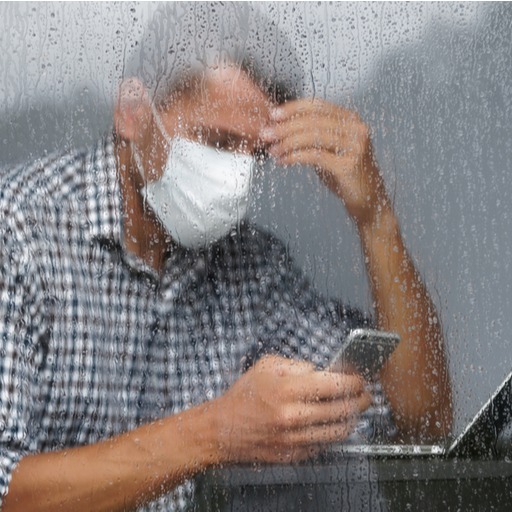


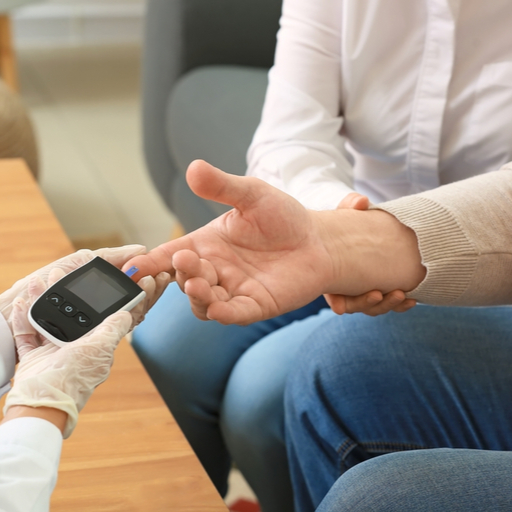




Good knowledge